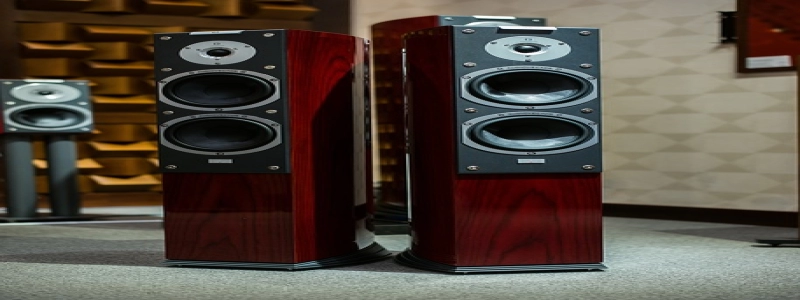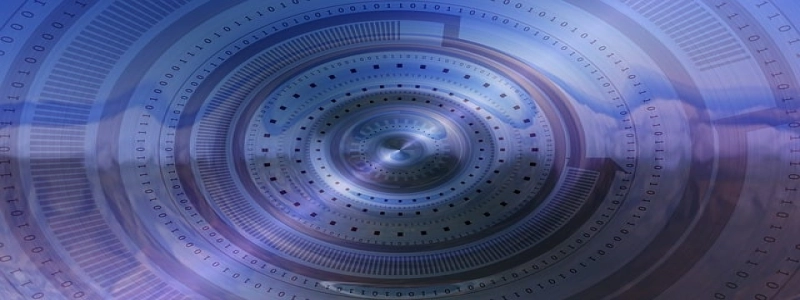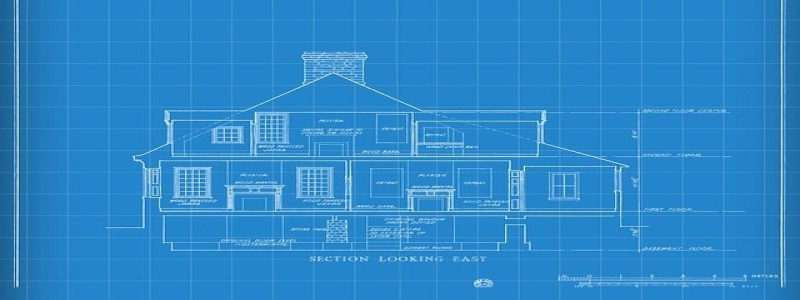Power over Ethernet (PoE) Standard
Introduction:
Power over Ethernet (PoE) is a technology that allows the simultaneous transmission of data and power over a single network cable. It eliminates the need for separate power cables, providing convenience and cost savings for various applications. This article will delve into the details of the PoE standard and its benefits.
I. What is Power over Ethernet?
A. Definition: Power over Ethernet refers to the capability of a network cable to carry electrical power along with data signals.
B. Implementation: PoE can be implemented using either the original IEEE 802.3af standard or the newer IEEE 802.3at standard, also known as PoE+.
C. Key Components: The key components of a PoE system include power sourcing equipment (PSE), such as network switches, and powered devices (PD), such as IP phones or wireless access points.
II. IEEE 802.3af Standard:
A. Power Supply: The IEEE 802.3af standard provides up to 15.4 watts of DC power to each PD.
B. Data Transmission: The standard supports data transmission rates of up to 1000 Mbps (1 Gbps).
C. Use Cases: IEEE 802.3af PoE is commonly used for devices with low power requirements, such as IP cameras, voice-over-IP (VoIP) phones, and access points.
III. IEEE 802.3at Standard (PoE+):
A. Increased Power Supply: The IEEE 802.3at standard delivers up to 30 watts of DC power per PD, twice as much as the previous standard.
B. Data Transmission: PoE+ supports the same data transmission rates as the IEEE 802.3af standard, up to 1000 Mbps.
C. Use Cases: PoE+ is primarily used for devices that require higher power, such as pan-tilt-zoom (PTZ) cameras, high-power wireless access points, and video phones.
IV. Benefits of Power over Ethernet:
A. Simplified Installation: PoE eliminates the need for separate power cables, reducing clutter and simplifying the installation process.
B. Flexibility: Power can be provided to devices in remote locations or areas without easily accessible power outlets.
C. Cost Savings: PoE reduces overall installation costs by eliminating the need for additional electrical work and expensive power outlets.
D. Scalability: It allows for easy expansion and reconfiguration of devices without the constraint of power outlet availability.
Conclusion:
Power over Ethernet (PoE) is a versatile technology that provides both power and data over a single network cable. The IEEE 802.3af and IEEE 802.3at standards define the specifications for PoE implementation, offering different power levels and data transmission rates. With simplified installation, flexibility, cost savings, and scalability, PoE is widely adopted in various applications such as security systems, telecommunication networks, and Internet of Things (IoT) devices.







